Alexander Daryin
Towards an AI co-scientist
Feb 26, 2025Abstract:Scientific discovery relies on scientists generating novel hypotheses that undergo rigorous experimental validation. To augment this process, we introduce an AI co-scientist, a multi-agent system built on Gemini 2.0. The AI co-scientist is intended to help uncover new, original knowledge and to formulate demonstrably novel research hypotheses and proposals, building upon prior evidence and aligned to scientist-provided research objectives and guidance. The system's design incorporates a generate, debate, and evolve approach to hypothesis generation, inspired by the scientific method and accelerated by scaling test-time compute. Key contributions include: (1) a multi-agent architecture with an asynchronous task execution framework for flexible compute scaling; (2) a tournament evolution process for self-improving hypotheses generation. Automated evaluations show continued benefits of test-time compute, improving hypothesis quality. While general purpose, we focus development and validation in three biomedical areas: drug repurposing, novel target discovery, and explaining mechanisms of bacterial evolution and anti-microbial resistance. For drug repurposing, the system proposes candidates with promising validation findings, including candidates for acute myeloid leukemia that show tumor inhibition in vitro at clinically applicable concentrations. For novel target discovery, the AI co-scientist proposed new epigenetic targets for liver fibrosis, validated by anti-fibrotic activity and liver cell regeneration in human hepatic organoids. Finally, the AI co-scientist recapitulated unpublished experimental results via a parallel in silico discovery of a novel gene transfer mechanism in bacterial evolution. These results, detailed in separate, co-timed reports, demonstrate the potential to augment biomedical and scientific discovery and usher an era of AI empowered scientists.
Fast Multi-language LSTM-based Online Handwriting Recognition
Feb 22, 2019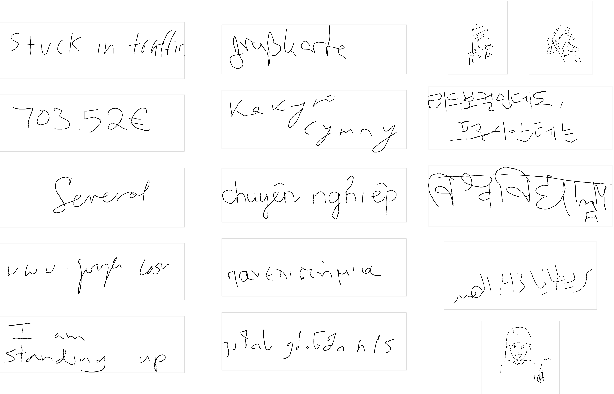
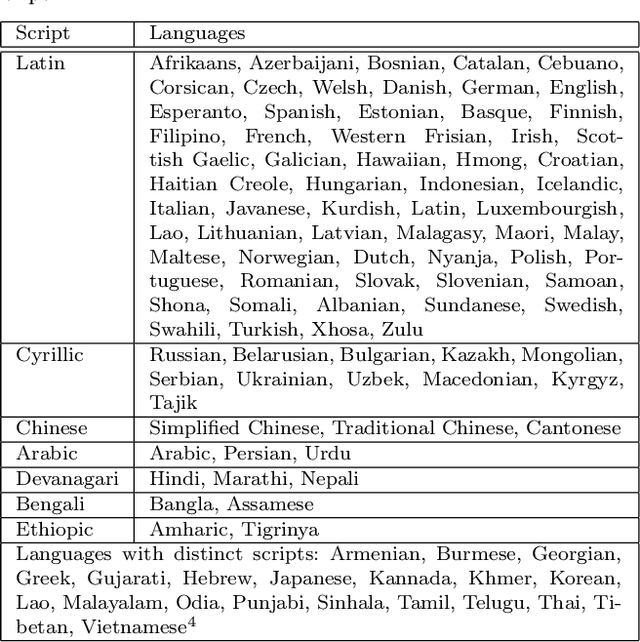
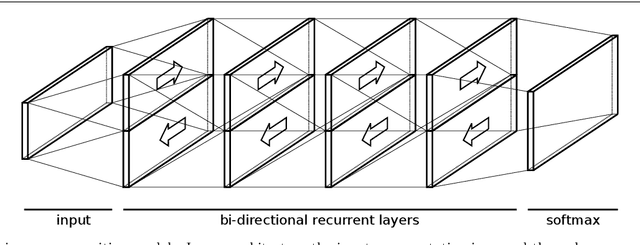
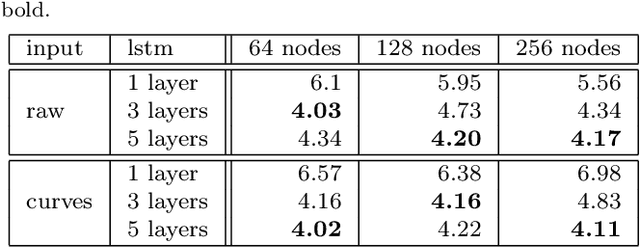
Abstract:We describe an online handwriting system that is able to support 102 languages using a deep neural network architecture. This new system has completely replaced our previous Segment-and-Decode-based system and reduced the error rate by 20%-40% relative for most languages. Further, we report new state-of-the-art results on IAM-OnDB for both the open and closed dataset setting. The system combines methods from sequence recognition with a new input encoding using B\'ezier curves. This leads to up to 10x faster recognition times compared to our previous system. Through a series of experiments we determine the optimal configuration of our models and report the results of our setup on a number of additional public datasets.
Predicted Variables in Programming
Oct 01, 2018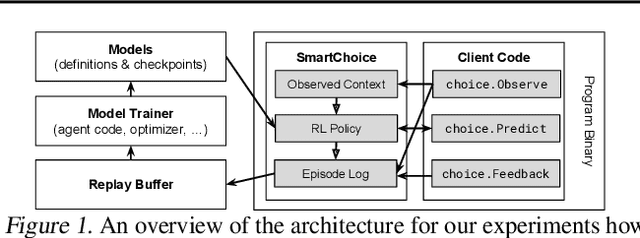
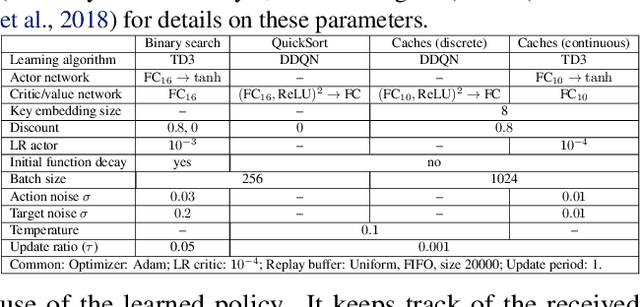
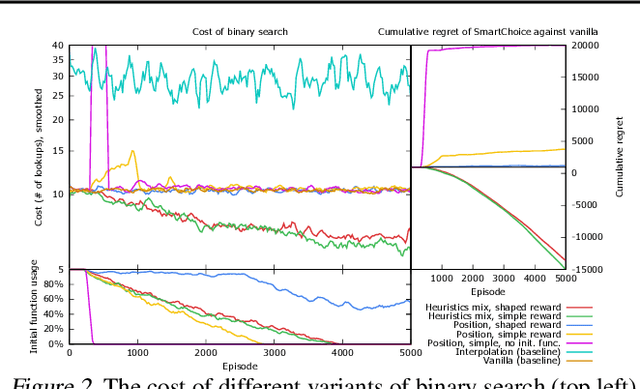

Abstract:We present Predicted Variables (PVars), an approach to making machine learning (ML) a first class citizen in programming languages. There is a growing divide in approaches to building systems: using human experts (e.g. programming) on the one hand, and using behavior learned from data (e.g. ML) on the other hand. PVars aim to make ML in programming as easy as `if' statements and with that hybridize ML with programming. We leverage the existing concept of variables and create a new type, a predicted variable. PVars are akin to native variables with one important distinction: PVars determine their value using ML when evaluated. We describe PVars and their interface, how they can be used in programming, and demonstrate the feasibility of our approach on three algorithmic problems: binary search, Quicksort, and caches. We show experimentally that PVars are able to improve over the commonly used heuristics and lead to a better performance than the original algorithms. As opposed to previous work applying ML to algorithmic problems, PVars have the advantage that they can be used within the existing frameworks and do not require the existing domain knowledge to be replaced. PVars allow for a seamless integration of ML into existing systems and algorithms. Our PVars implementation currently relies on standard Reinforcement Learning (RL) methods. To learn faster, PVars use the heuristic function, which they are replacing, as an initial function. We show that PVars quickly pick up the behavior of the initial function and then improve performance beyond that without ever performing substantially worse -- allowing for a safe deployment in critical applications.
 Add to Chrome
Add to Chrome Add to Firefox
Add to Firefox Add to Edge
Add to Edge